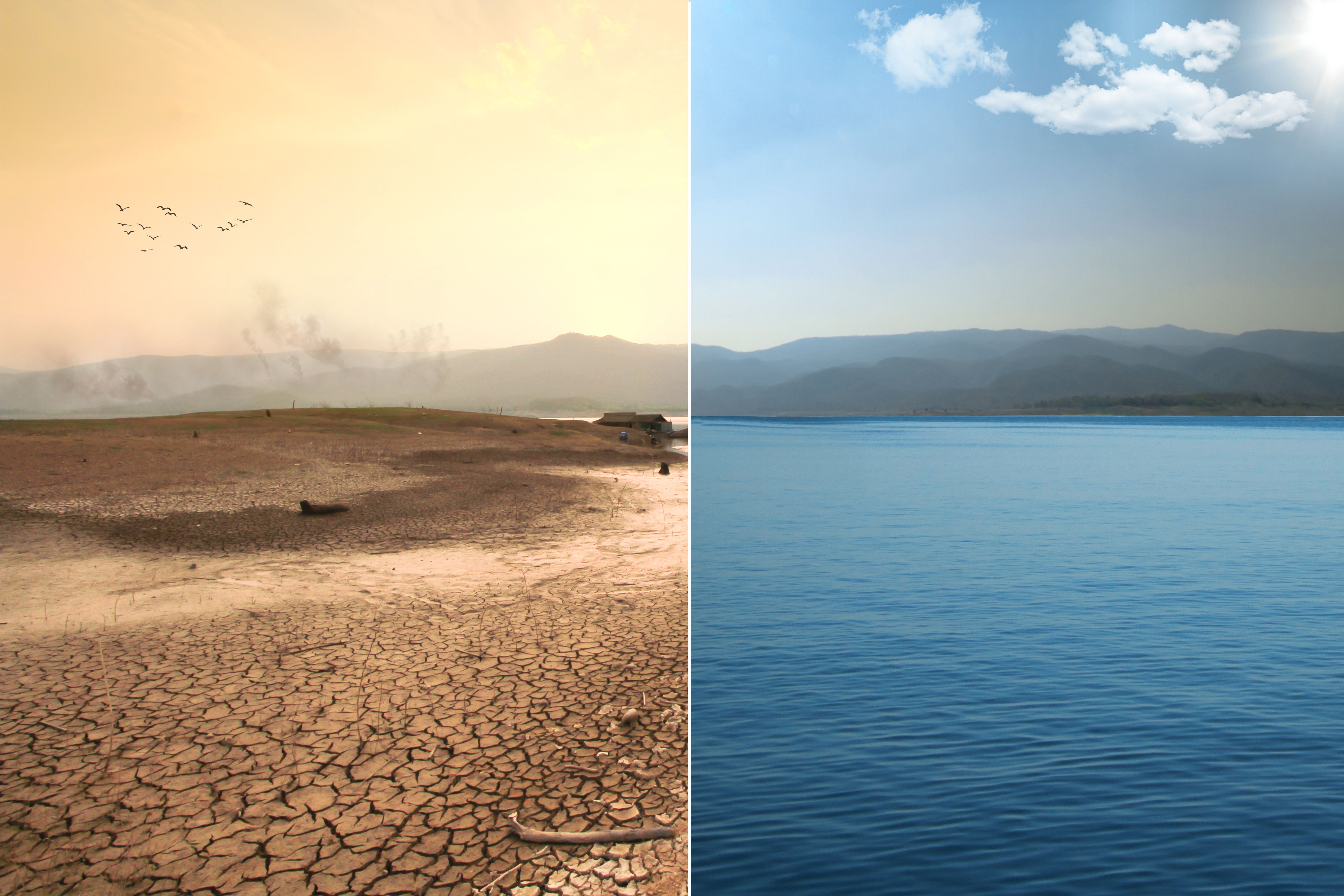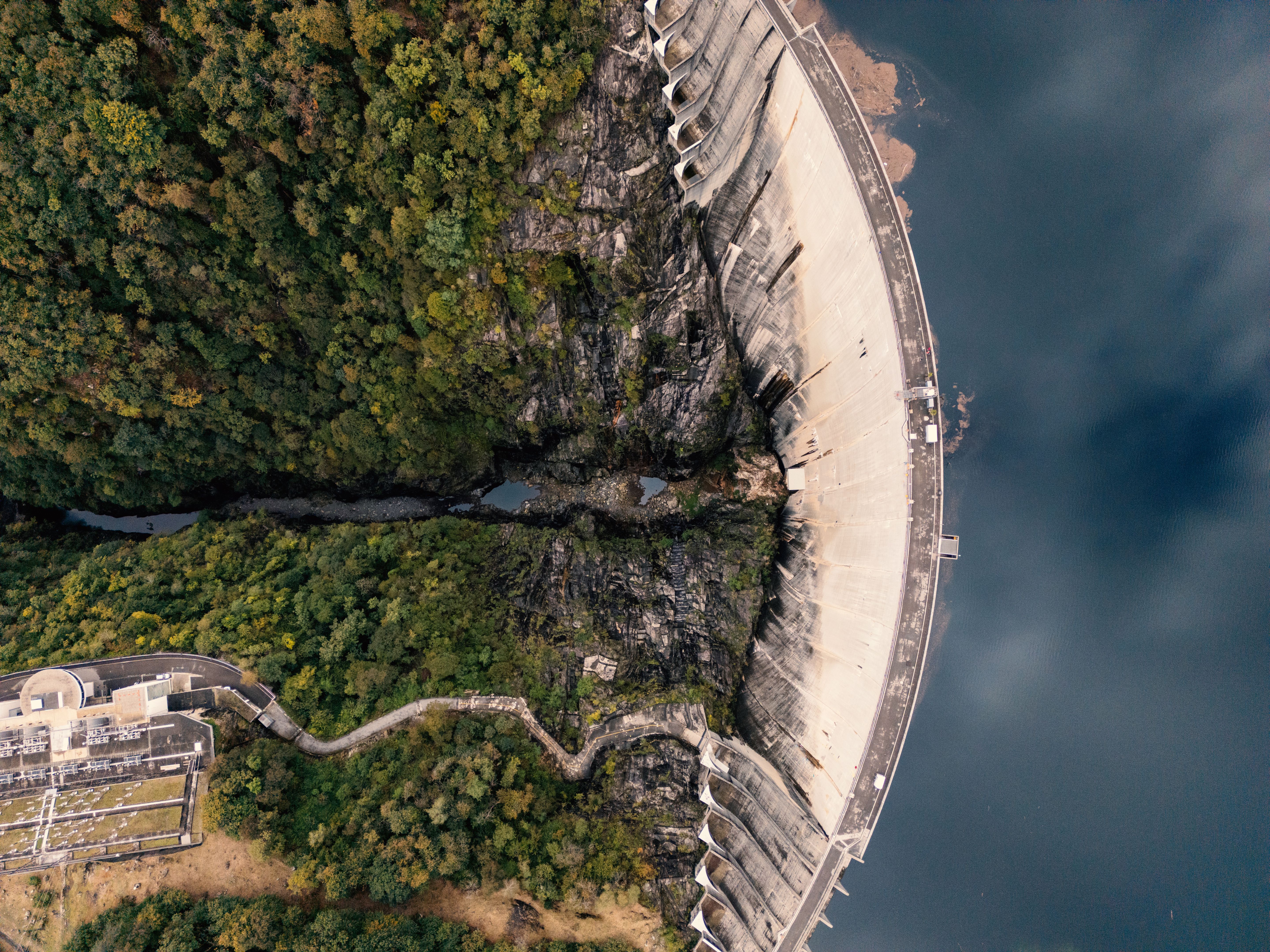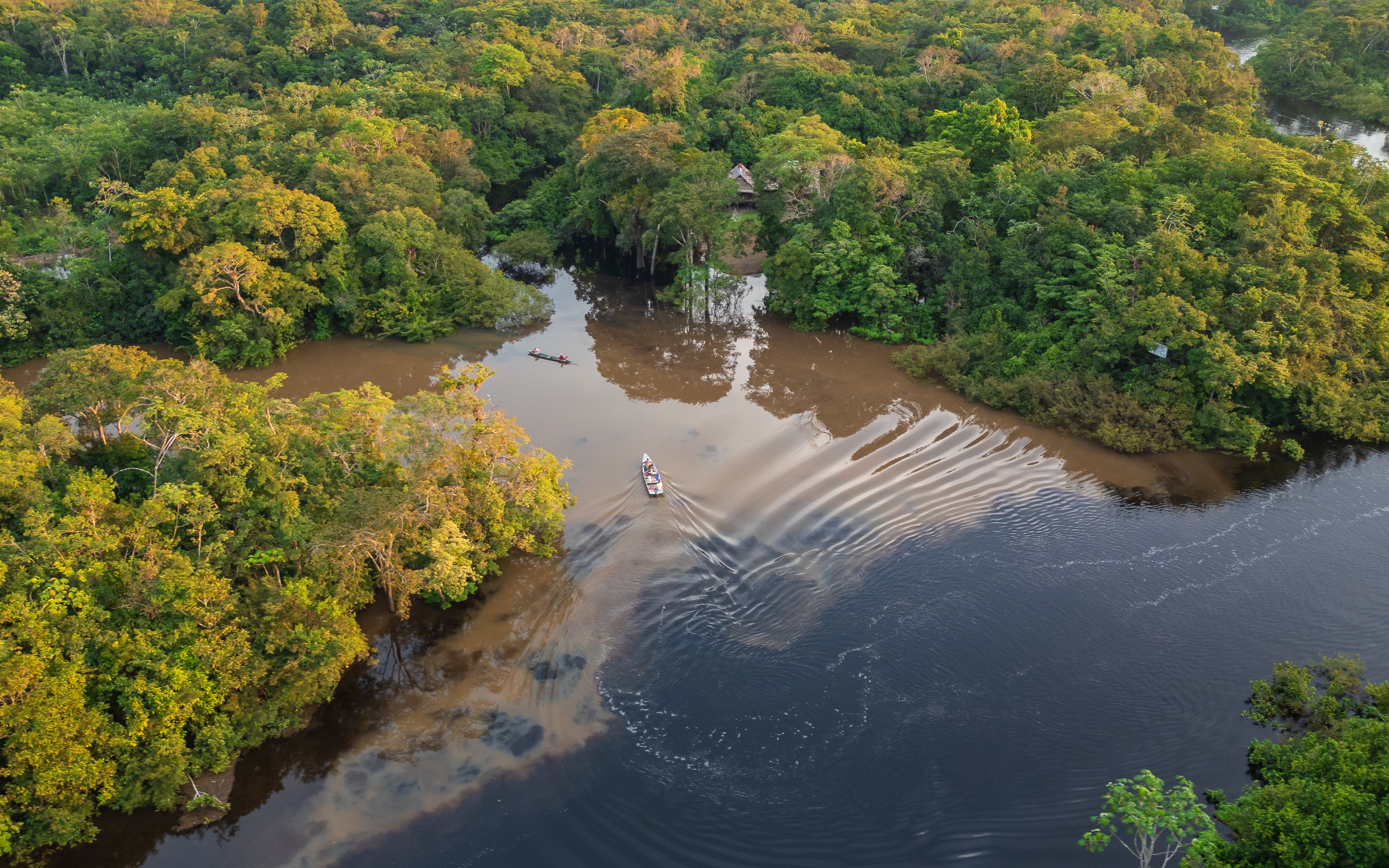Economic Consequences of Hydroclimate Change in South America
Understanding Hydroclimate Change
Hydroclimate change refers to shifts in the water cycle caused by variations in climate. In South America, these changes are becoming increasingly evident, affecting both the availability and distribution of water resources. This region, known for its rich biodiversity and varying ecosystems, is now facing challenges that could alter its economic landscape significantly.

Impact on Agriculture
Agriculture is a cornerstone of the South American economy, with countries like Brazil and Argentina being major global suppliers of crops such as soybeans, coffee, and sugarcane. The effects of hydroclimate change, including altered rainfall patterns and increased frequency of droughts and floods, are putting immense pressure on agricultural productivity. Farmers are being forced to adapt to these rapidly changing conditions, often at a high cost.
In response, many are turning to new technologies and practices to enhance resilience. However, the economic burden of implementing these adaptations can be substantial, particularly for small-scale farmers who lack the resources of larger agricultural enterprises. This shift could lead to increased food prices and impact food security both within the region and globally.
Water Resources and Energy Production
South America's reliance on hydroelectric power as a primary energy source makes it particularly vulnerable to changes in water availability. Countries such as Brazil and Paraguay depend heavily on hydroelectricity for their energy needs. Changes in river flows due to hydroclimate variations can disrupt electricity generation, leading to power shortages and increased energy costs.

Furthermore, competition for water resources between agricultural, industrial, and domestic users is intensifying. This competition may result in conflicts over water allocation and necessitate investment in alternative energy sources, which could further strain economic resources.
Biodiversity and Ecosystem Services
South America's ecosystems provide crucial services such as carbon storage, water filtration, and soil fertility. Hydroclimate change threatens these ecosystems, potentially leading to biodiversity loss. Such losses can have cascading effects on tourism and agriculture, sectors that depend on healthy ecosystems for their sustainability.
For example, the Amazon rainforest, often referred to as the "lungs of the Earth," plays a vital role in regulating global climate patterns. Disruptions in its water cycle could lead to reduced rainfall and higher temperatures across the continent, impacting not only local economies but also contributing to global climate change.

Urban Challenges
Rapid urbanization in South America further complicates the economic consequences of hydroclimate change. Cities are expanding into areas prone to flooding or water scarcity, increasing their vulnerability to climate impacts. Urban infrastructure may not be equipped to handle these challenges, necessitating significant investments in resilient infrastructure development.
The financial burden of these adaptations can be overwhelming for municipal budgets, potentially diverting funds from other critical areas such as education and healthcare. In the long term, this could hinder economic growth and development in urban centers.
Strategies for Mitigation and Adaptation
Addressing the economic consequences of hydroclimate change requires a multifaceted approach. Governments and stakeholders must collaborate on innovative solutions that integrate science, policy, and technology. Key strategies include:
- Investing in climate-resilient agriculture and water management practices.
- Enhancing infrastructure to withstand extreme weather events.
- Promoting sustainable land use and protecting natural ecosystems.
- Encouraging regional cooperation for shared water resources management.
By prioritizing these strategies, South America can mitigate the adverse effects of hydroclimate change and secure a more sustainable economic future.
